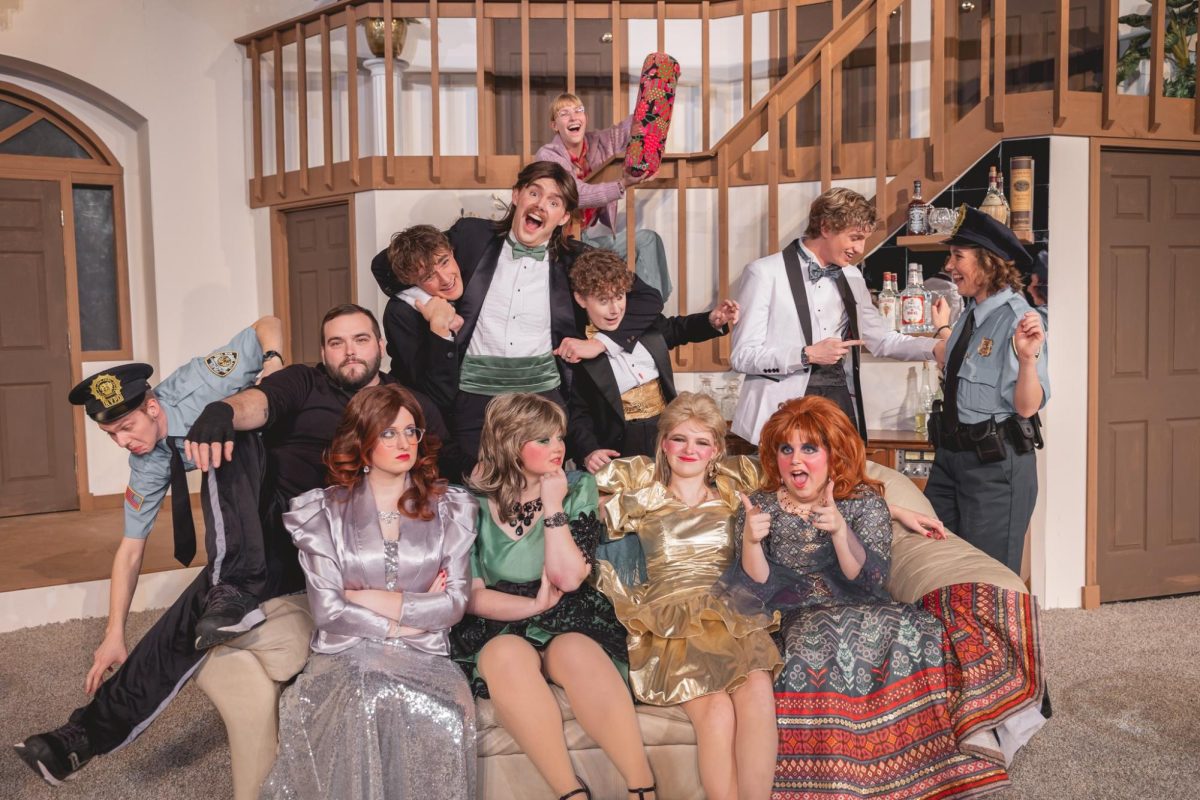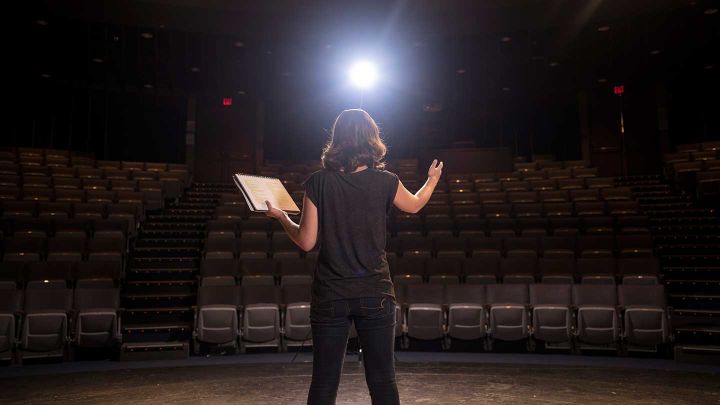“Steven Universe” is first of all a fantasy — dreams filtered through the lens of technical studio production and broadcasting.
Its protagonist is Steven, a portly preteen boy who resides with a trio of magical beings called Crystal Gems.
He is a human-gem hybrid who possesses similar powers, though at the beginning of the show he has little control over them.
His housemates, the fastidious Pearl, feisty Amethyst and stoic Garnet, are his guardians and mentors, bringing him along on their adventures while slowly drawing him into their own troubled histories.
Along with his vagrant pet Lion and a smattering of other residents, they inhabit idyllic Beach City, protecting it from bizarre creatures and other threats.
At first the show appears to be a conventional power fantasy, though certainly much more feminine and inclusive than the vast majority of superhero stories.
Beneath the show’s buoyant, rounded aesthetics and speedy pacing, though, the major themes that emerge revolve around isolation and amnesia, the struggle to connect with others and guard them against lurking dangers.
Because only an intrepid few would immediately connect with a show that begins by expecting viewers to figure out a complicated world, “Steven Universe” anchors the viewer to Steven’s perspective.
Since he is only partly privy to the world of the Gems and lives a carefree life little boys can only dream of – no school for him – he and the viewer can share in the shock of new revelations.
Most of these revelations come in the second half of the season, which expands the world both spatially and temporally in some tantalizing ways, though its potential has yet to be realized.
Steven’s mother, Rose Quartz, gave up her physical form in order to produce a child with Steven’s human father, Greg Universe.
Steven’s only relic of Rose is the gem embedded in his navel, the source of his powers. His attempt to control these abilities mirrors his growing knowledge about his mother, whom the show implies was an imposing magic user.
Where the early episodes of the show play as pure fantasy, later revelations complicate Steven’s childlike view of the world, and as the show develops, his companions’ imperfections become more obvious to him.
“Steven Universe” never ceases to be a fantasy, but, like its protagonist, it becomes both more enlightened and less sure of the basic goodness of the world it portrays.
The bonds established between characters early on take on renewed significance when placed in peril by the normal friction of human interaction — not to mention omens of impending trouble.
Aesthetically, the show is similarly fragmented, awash with visual jokes and references to everything from “Revolutionary Girl Utena” to Hayao Miyazaki’s “Future Boy Conan,” both classic anime.
Like its premise, the look of the show is warm and inviting, combining nostalgia for classic video game sprites with clean, flat compositions and soft color palettes that are heavy on secondary colors.
Beach City and the many fantasy landscapes the show introduces are not over-rich with detail, but they all combine small-scale familiarity with an element of the fantastic.
A significant part of the show’s animation is its characters’ ability to transform and fuse into one another, giving them fluid forms at times charming and at other times frightening.
Despite being so friendly, the show has managed to use its animation to make some truly revelatory images, which are best seen rather than described.
Though not yet through its first season, “Steven Universe” has already outgrown its limits several times.
Later episodes, particularly “Alone Together,” take what creator Rebecca Sugar has called the “safe space of fantasy” and used it to results that are moving and careful depictions of social anxiety and the liberating feeling of intimacy with another person.
It is not a political show per se, rather an idealized space, a fantasy of universe that is not devoid of threats, instead dealing with together. I invite anyone interested in animation to take a look, because I expect that few will be disappointed.





